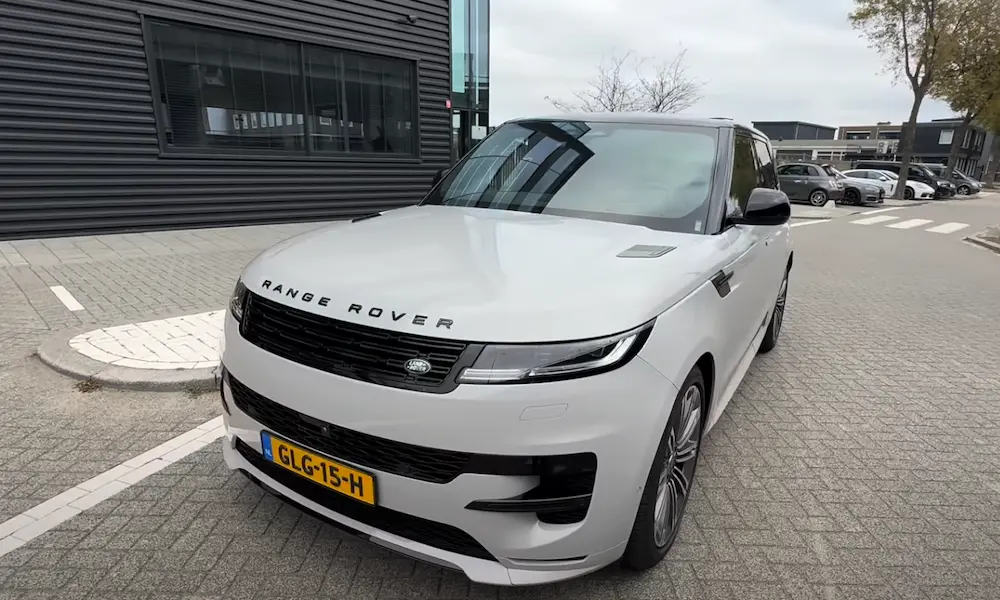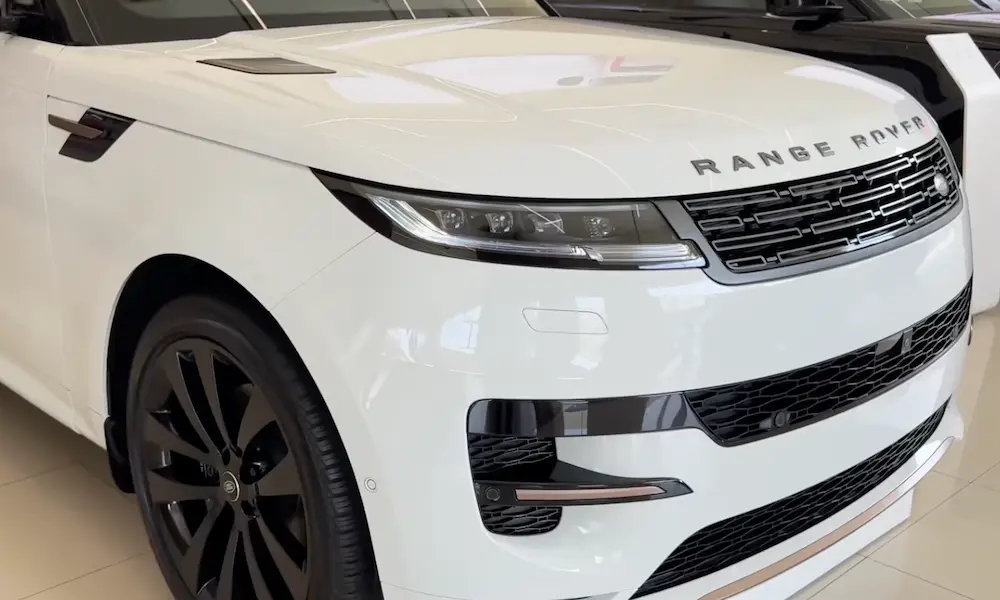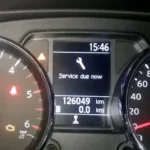Any sub-brand or model within the Land Rover lineup is a beast. You’re not going to drive along the Los Angeles highways without seeing a wide variety of these monsters. These adventure-purposed luxury four-wheel drive vehicles are elegant also tough, on-road and off-road. They have an HDC system that holds up well. But guess what?
They all share a common problem. It’s the Land Rover Hill Descent Control (HDC) system fault. What does the HDC fault mean and how can you identify it? What causes this fault and what fixes are available at auto care centers?
What Does the Hill Descent Control System Mean?
As the name implies, a Hill Descent Control (HDC) system is an auto navigation drive-assistance system when coming downhill. This technology is perfect when you’re driving in a mountainous or hilly landscape.
The HDC system is basically designed to assist the driver when descending a rough surface. In this case, you don’t have to engage the manual braking system pedal while descending. Instead, the vehicle automatically engages its anti-lock braking system to slow itself down and control speed.
Furthermore, an HDC system also helps regulate manual acceleration while automatically engaging the vehicle acceleration all by itself. The two-fold function of the HDC is to ensure a safe and smooth driving experience at inclines.
What happens if the HDC system fails? You’ll see an “HDC Fault System Not Available” warning message on your car’s instrument cluster. Why will the HDC system fail?
“HDC Fault System Not Available” Message: Why?
There are a couple of reasons the “HDC Fault System Not Available” message will appear. Once it pops up, you’ll need to inspect what’s wrong as soon as you park. Here are a few things that can cause this high-tech safety feature to fail.
Driving at a Speed above the 25-30 mph range
The first and immediate cause of an “HDC Fault System Not Available” warning message is high speed. Remember what I said earlier: the HDC is a technology for safety, not for racing. Hence, if you’re driving downhill at a high speed above 30 miles per hour, the HDC system will disengage. If you continue driving up to 50 mph, the HC will completely disengage. Consequently, you’ll see caution in the form of the “HDC Not Available: Speed Too High” message on your instrument cluster.
What to do
To arrest this situation, you can adjust the settings to somewhere below 31mph. All you need do is reduce the speed at which you’re driving. This way, the HDC system can reengage and readjust itself to the speed range within which it can operate. If the speed limit has exceeded 50 mph, you’ll need to switch the HDC on again before it can work.
Operating in High Gear
One thing to know is that the HDC operates only under normal driving conditions. When in lower-range gears, the HDC will perform optimally and deliver its functions. On the contrary, a high-gear operation will make it disengage and send a warning message. If you’re in high gear, you’ll see the “HDC Not Available in This Gear” alert pops up. The interpretation is that you’re over-engaging the gear.
What to Do
The fix is pretty simple. Disengage from the high-gear operation and lower your gear range. As soon as you start operating in lower gears, the HDC will come back online and the message will disappear. As a matter of safety principle, descending a hill in high gear is absolutely wrong.
Brake System Overheating
Your HDC system is also liable to display the “HDC Fault System Not Available” message if it senses that the brakes are hot. When the braking system is operating under high temp, the HDC will automatically disengage. As a result, you’ll receive a “System Cooling” warning on the dash, which indicates that your Land Rover brakes are overheating.
The HDC system will not come back online until the brakes have cooled down and the operating heat conditions have dropped. A rise in temp will cause your brakes to become hot, leading to the HDC to stop working.
What to Do
Most times what causes the hotness of the brake is when you have driven your Rover too hard. Also, a temperature rise will increase the heat conditions under which your vehicle operates. Not only the brakes are affected; other metal components of the car also received the same measure of heat. The thing to do is to reduce speed and gear range and your HDC message disappears while the system comes back online.
Voltage Fluctuations
A complete failure and breakdown can occur to your HDC system in certain, but very rare situations. If there are voltage fluctuations with your car’s engine control unit (ECU), you may experience permanent crashing of the HDC. Voltage fluctuations can result from poor wiring systems, wrong electrical connections, a low-voltage battery, and other in-vehicle electrical-related issues.
What to Do
The “HDC Fault System Not Available” message may still show on the dash after lowering the gear, reducing speed or cooling. At this point, there is trouble with your HDC. It may suggest complete damage and will need repair. But never assume anything until a qualified professional technician troubleshoots and comes up with the extent of the damage.
If the result shows that the HDC system is impaired, you will have to replace it. Although some certified professionals repair this delicate measuring device, it’s perfect to change it with a new one.
A Wrap
It can be disastrous to careen down a mountain at a very high speed without control. You need the HDC to navigate rough terrain, control speed and acceleration, and assist the driver’s manual engagements. But the feature can damage, like any other components of your car.
High speed, hot brake, and high gear are the three reasons your HDC system will fail. As soon as you detect the cause of the faulty HDC System, don’t start a risky adventure downhill. Instead, take a trip to the nearest car care center for a professional service. In all, don’t wait until this device shuts down before you act. A stitch in time, they say, saves nine.








